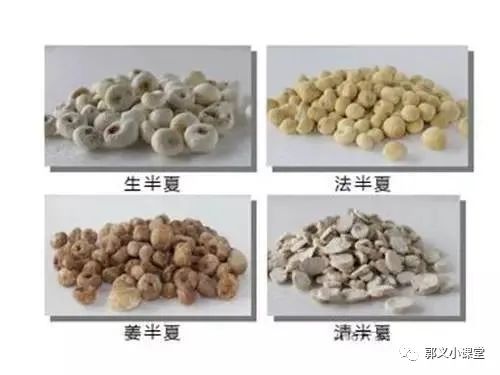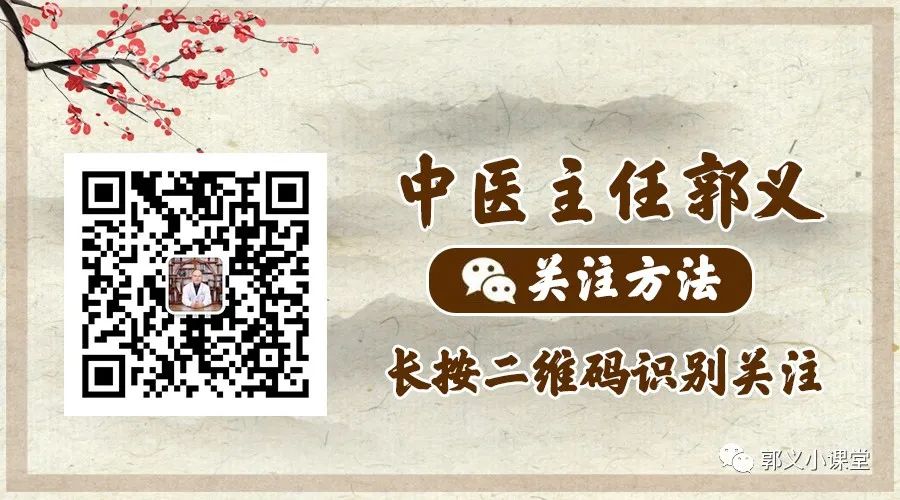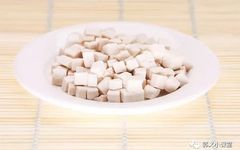Poria (Fu Ling) has various effects and can be used to treat multiple cardiovascular diseases. Firstly, Poria has a diuretic and dampness-resolving effect, which can be used to treat edema and urinary difficulties. Secondly, Poria strengthens the spleen, making it useful for treating spleen and stomach deficiency, as well as poor appetite. Additionally, Poria has a calming effect on the heart and spirit, which can be beneficial for treating palpitations, insomnia, and vivid dreams.
 In cardiovascular diseases, Poria can be used to treat hypertension, coronary heart disease, angina pectoris, and arrhythmias. For example, Poria can be used to treat phlegm-damp obstruction type coronary heart disease, which can improve symptoms such as chest tightness and chest pain; it can also be used for heart and spleen deficiency type arrhythmias, improving palpitations and insomnia. Furthermore, Poria can be used to treat sequelae of stroke and cerebral arteriosclerosis, alleviating symptoms like limb numbness and hemiplegia.
In cardiovascular diseases, Poria can be used to treat hypertension, coronary heart disease, angina pectoris, and arrhythmias. For example, Poria can be used to treat phlegm-damp obstruction type coronary heart disease, which can improve symptoms such as chest tightness and chest pain; it can also be used for heart and spleen deficiency type arrhythmias, improving palpitations and insomnia. Furthermore, Poria can be used to treat sequelae of stroke and cerebral arteriosclerosis, alleviating symptoms like limb numbness and hemiplegia.
In terms of compatibility, Poria can be combined with various Chinese herbs to achieve synergistic therapeutic effects. For instance, when combined with Gui Zhi (Cinnamon Twig), it can enhance its diuretic, anti-edema, and anti-inflammatory effects, while also alleviating symptoms of angina and arrhythmias. When paired with Dan Shen (Salvia Root), it can enhance its antioxidant and anti-inflammatory effects, improving endothelial function and preventing thrombosis. When combined with Huang Qi (Astragalus), it can enhance its diuretic, anti-edema, and anti-inflammatory effects, while also boosting the body’s immunity to prevent colds and other triggers.
 Additionally, Poria can be used to treat other conditions such as phlegm-damp cough, diarrhea, and leukorrhea. In terms of compatibility, Poria can be flexibly combined based on different conditions. For example, in treating phlegm-damp cough, Poria can be combined with Ban Xia (Pinellia) and Chen Pi (Tangerine Peel); for diarrhea, it can be combined with Dang Shen (Codonopsis) and Bai Zhu (White Atractylodes); and for leukorrhea, it can be combined with Shan Yao (Chinese Yam) and Che Qian Zi (Plantago Seed).
Additionally, Poria can be used to treat other conditions such as phlegm-damp cough, diarrhea, and leukorrhea. In terms of compatibility, Poria can be flexibly combined based on different conditions. For example, in treating phlegm-damp cough, Poria can be combined with Ban Xia (Pinellia) and Chen Pi (Tangerine Peel); for diarrhea, it can be combined with Dang Shen (Codonopsis) and Bai Zhu (White Atractylodes); and for leukorrhea, it can be combined with Shan Yao (Chinese Yam) and Che Qian Zi (Plantago Seed).
In summary, Poria has multiple effects and can be used to treat various diseases. In terms of compatibility, it should be flexibly combined based on different conditions. However, it is important to note that TCM treatment should follow the principle of individualization, as different individuals may respond differently to herbal medicine, thus requiring guidance from a physician.
Today, I would like to share these insights. If you have any questions related to cardiovascular diseases, feel free to leave a comment below.


